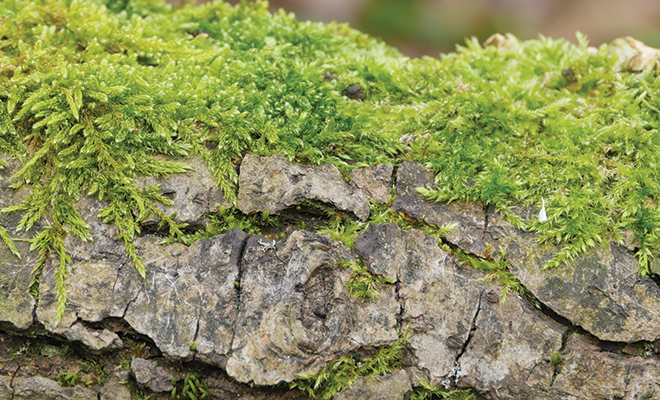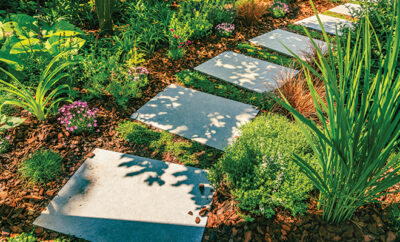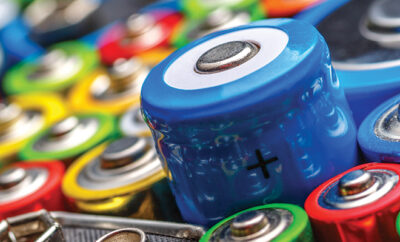
Compost Happens!
If you have a house and a garden, you can create your own organic fertilizer for (almost) free. Composting is a little miracle that can do so much with almost nothing. Spring is the perfect time to start your backyard compost.
Home composting creates a continuing source of food for your garden. Compost can promote already existing nutrients in the soil, contributing necessary plant enzymes, vitamins and natural antibiotics in your garden. Adding compost also moderates the pH of your soil and is a way to recycle your yard waste, leftovers and other organically based materials.
For most households, continuous composters are the best choice; you can add to it at any time. Quality plastic ready-made bins are available at most hardware or garden stores. Ready-made composters are easy to set up. Just unload and put it where you want it. Once in place, these composters can last for years.
Another easy, inexpensive solution is to make a bin out of a large plastic trash can. Drill a couple dozen holes in the side of the can and then bury the bottom quarter of the can below the soil surface. Press soil around the sides to secure it. The lid will serve to protect your compost from animals.
The Secret Recipe
Once your bin’s in place, you’ll be ready to start cooking up your composting recipe. You may hear talk about how you’ll need a specifically balanced mix of carbon-rich and nitrogen-rich materials. The general recommendation is three parts brown (carbon) to one part green (nitrogen). The brown materials provide food for the micro-bugs that create compost. The green gives your microbes the protein they need to grow and multiply. Don’t worry too much about exactness. An imbalance won’t stop the process.
Brown ingredients include autumn leaves, coffee filters, paper, including newspaper, dryer lint, cotton fabric and more. Even some sawdust from untreated wood can be added. Break up brown ingredients as finely as you can, since the smaller the pieces, the quicker they decompose.
Green items include fruits and vegetables, eggshells, coffee grounds, flowers, pulled weeds and grass clippings. Most compost from kitchen waste falls into the green category.
Some things to avoid putting into your compost pile are meat and dairy products, which attract animals; infested or diseased plants; plants with poison such as rhubarb, poison ivy/oak and walnuts and walnut leaves, which are toxic to other plants; and any materials exposed to herbicides or insecticides. Also avoid adding noxious weeds with determined root systems such as thistles, kudzu or buckthorn. Check with your state Department of Agriculture to see problem plants where you live, since these could regrow and take over your garden.
A Continual Process
Once you’ve started your compost, you’ll need two more essential ingredients. Your pile of kitchen garbage and yard waste won’t become compost without them. The first vital ingredient is water and the second is air.
If your pile of compost becomes too dry, poke holes in the pile and water it from the top with a trickling hose. If it gets too soggy, turn the pile, breaking up wet clumps.
Plan to turn the compost every two weeks. To help mix oxygen into the blend, you can use a composting mini-pitchfork or you can buy a tool called an aerator, a stick with flaps on one end. When you push this into the compost pile, the flaps unfold to loosen the compost as you pull it out.
Compost Science
Composting is caused by microorganisms that like to snack on your leftovers. A cold-hardy type of microorganism called a psychrophile will start munching on the carbon in your compost in early spring, giving off heat and raising the compost temperatures into the 60 degree range. That’s when mesophilic bacteria begin the process of decomposition.
If your mix of carbon, nitrogen, water and air is right, your decomposing compost will begin to heat even more and your mixture will rise to 100 degrees. It is at this temperature that the thermophilic bacteria take over, heating up your compost another 60 degrees for a few days, hot enough to neutralize many of the disease-causing organisms and weed seeds in your mixture. This cycle will repeat, especially if you remember to turn your mixture.
Composting is an investment in the future. The compost you start this spring may not create enough compost until next year, especially if you have a small household and don’t generate a lot of excess compostable materials. But once it’s established, you can add compost to your garden any time during the growing season. Start now building a compost pile from this year’s lawn, garden, and kitchen waste, and by next growing season, when you have your system up and going, you’ll be generating enough compost for your own personal organic garden. ■
Sources: homecompostingmadeeasy.com, sierraclub.org and thespruce.com.







